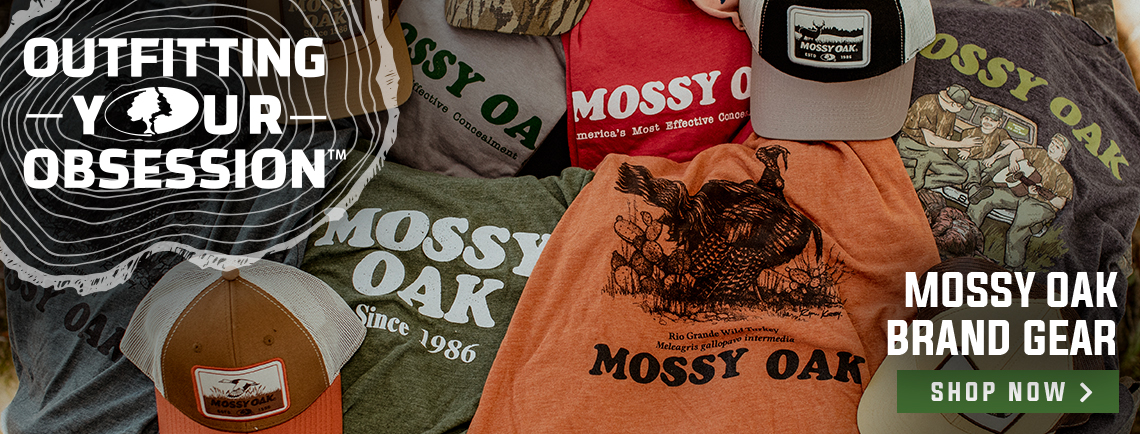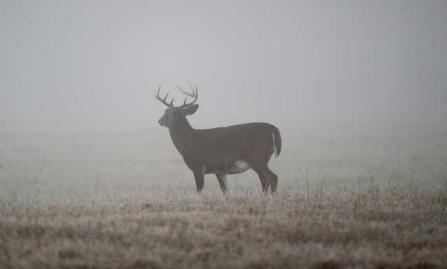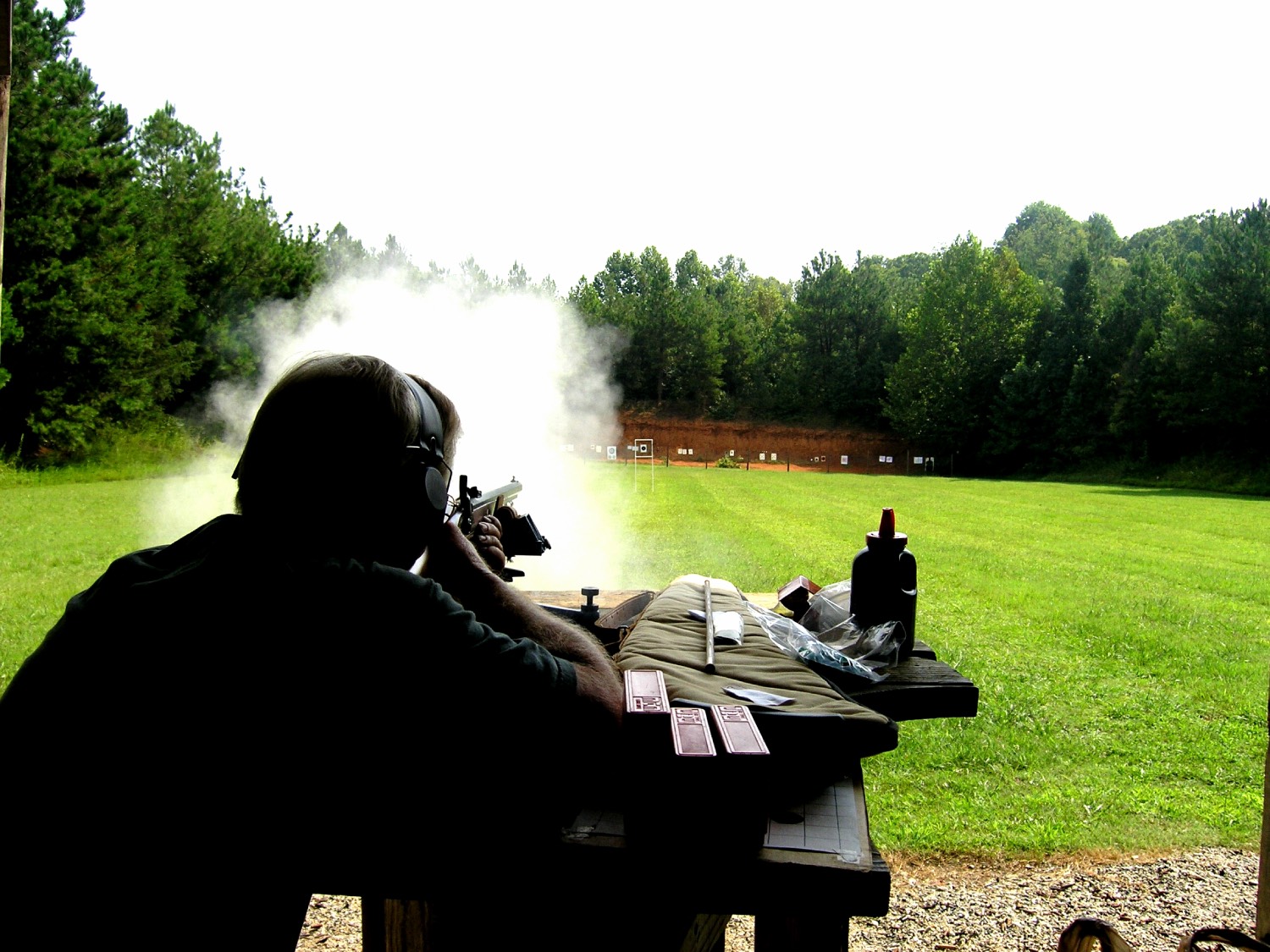
Phillip Gentry
Why is Muzzleloader Hunting Popular?
According to statistics provided by the National Muzzleloader Rifle Association, nearly every state in the country offers designated areas or specific hunting season dates when muzzleloading firearms are permitted for use. While centerfire rifle cartridges are debated over and over, once the cartridge is loaded into the gun, thought is turned elsewhere.
In muzzleloader hunting, it’s the joy of the load than many hunters tout as being the appeal of the sport. Even with lightspeed advancements in black powder firearms when compared to the olden days of pioneers with muskets, muzzleloader hunting, and shooting, has captured its share of shooting fans.
Muzzleloader hunting typically combines the reduced range of bow hunting with the “ease of use” of gun hunting. Similar to archery, hunters need to have a better understanding of their quarry—how to pattern the animal being hunted and which foods they prefer and which routes they are most likely to use—in order to get within range of the shot.
Black powder hunters used to be burdened with carrying all types of gear into the field in preparation for the inevitable misfire and cleaning. While many hunters still enjoy the challenge of traditional side lock and flint lock weapons. The modern inline rifle made popular by Tony Knight back in the mid 1980’s as well as the adaptation of “shotgun” 209 primers and pelletized powder has turned muzzleloading from a primitive weapon to a high tech weapon.
While a segment of blackpowder hunters still participate in “traditional” muzzleloader hunting practices; most now use inline systems which operate more like regular firearms than traditional smoke poles. A hunter just starting out can easily get into a black powder package for around $500 - $800 and be in the woods hunting by the weekend.
Essentials for Modern Inline Muzzleloading
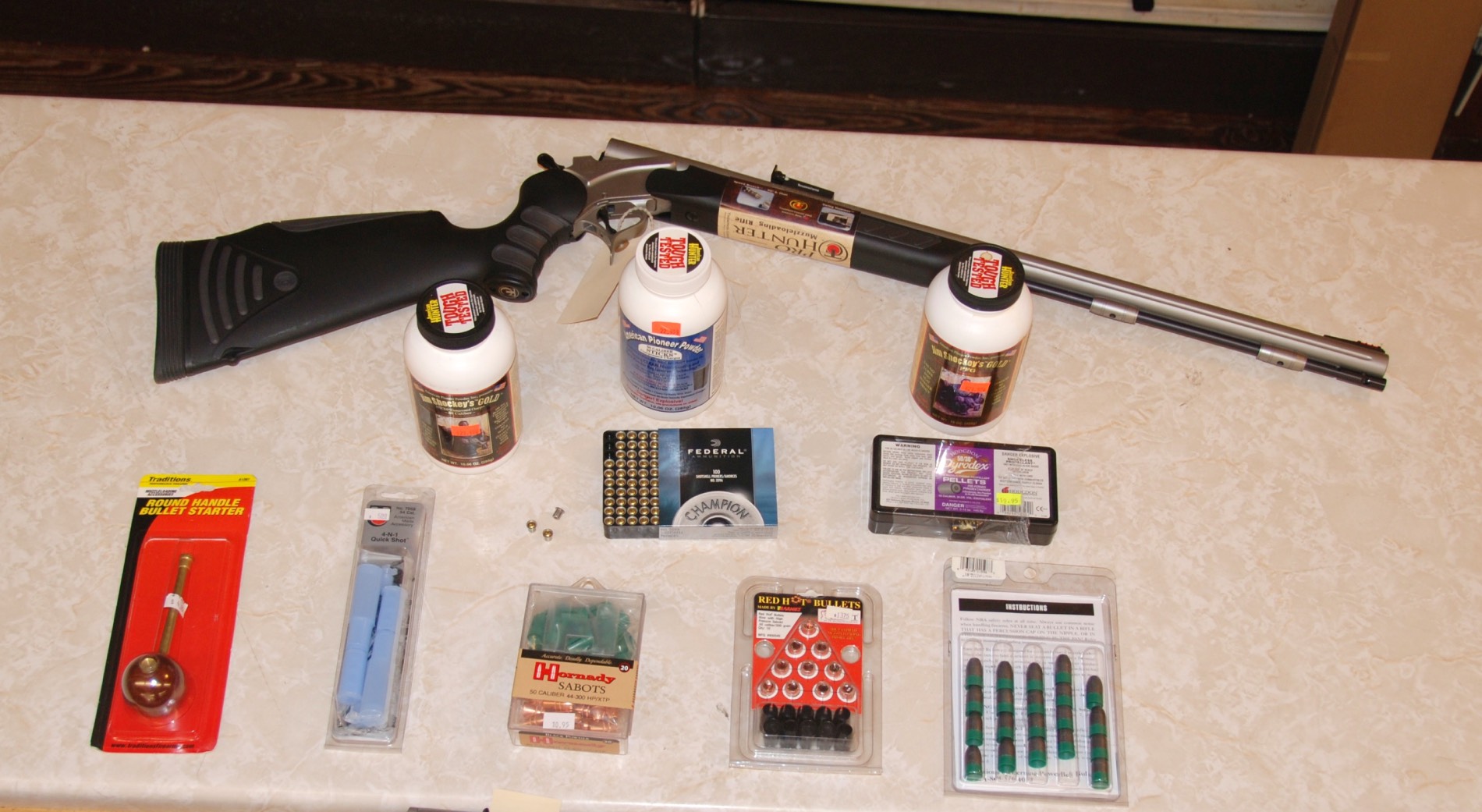
While black powder is still the primary focus of muzzle loader hunting, advancements in these weapons and accessories have brought the sport into a new era.
Listed are a few of the necessities and their function for modern in-line muzzleloading.
A ball starter is a small rod that initiates the muzzleloading process. The hunter drops a couple of powder pellets in the barrel then starts a sabot or belted bullet with this piece before sealing the load with the gun’s ramrod.
Many hunters carry a quick loader, a plastic container holds the correct loads of powder and bullets in the correct order for quick field loading. There is also a space to store additional primer caps.
A sabot is a popular bullet used in black powder hunting. The bullet is first inserted into a small plastic cup that takes the place of the cloth patch in sidelock guns and acts as wadding by seating the bullet while it’s fired through the gun.
A belted bullet is similar to a sabot bullet, however, the plastic cap is molded to the bullet and serves as wadding and helps impart twist as the bullet is shot through the rifling of the barrel.
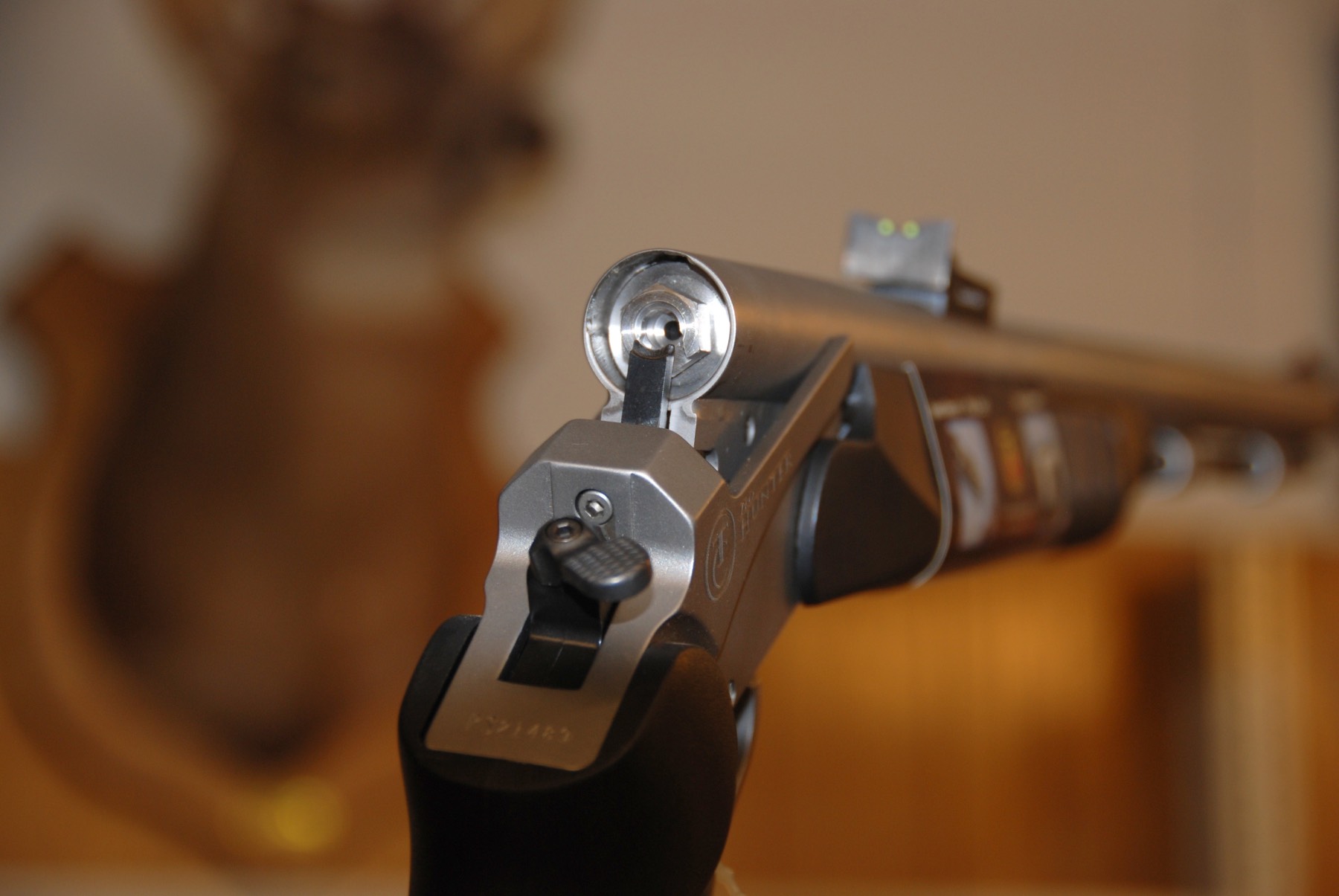
Inline firing systems dominate the market today, with rifles utilizing 209 primers, measured pellets, and specially designed projectiles to insure firing reliability and accuracy.
Manufacturers have gotten away from true black powder which is unstable to store and now produce black powder substitutes. Manufacturers such as Pyrodex, Triple 7, and American Pioneer market brands that perform the same as black powder in much safer compositions. The powders come preformed into measured sticks or pellets.
A 209 Primer is the ignition source for the shot. Similar to primer caps used in shot guns, these popular charges initiate the firing sequence without the need for flint and steel and have revolutionized muzzle loading dependability.
While there is a world of difference after you pull the trigger, most black powder hunters don’t hunt much differently with a muzzleloader than they would with a rifle, except when it comes to ranges approaching 200 yards or more.
These hunters use this weapon as a way to extend their time in the woods in areas that have segregated weapons seasons, but additionally admit there is great appeal in keeping tabs on the way our ancestors hunted without sacrificing accuracy and distance.

